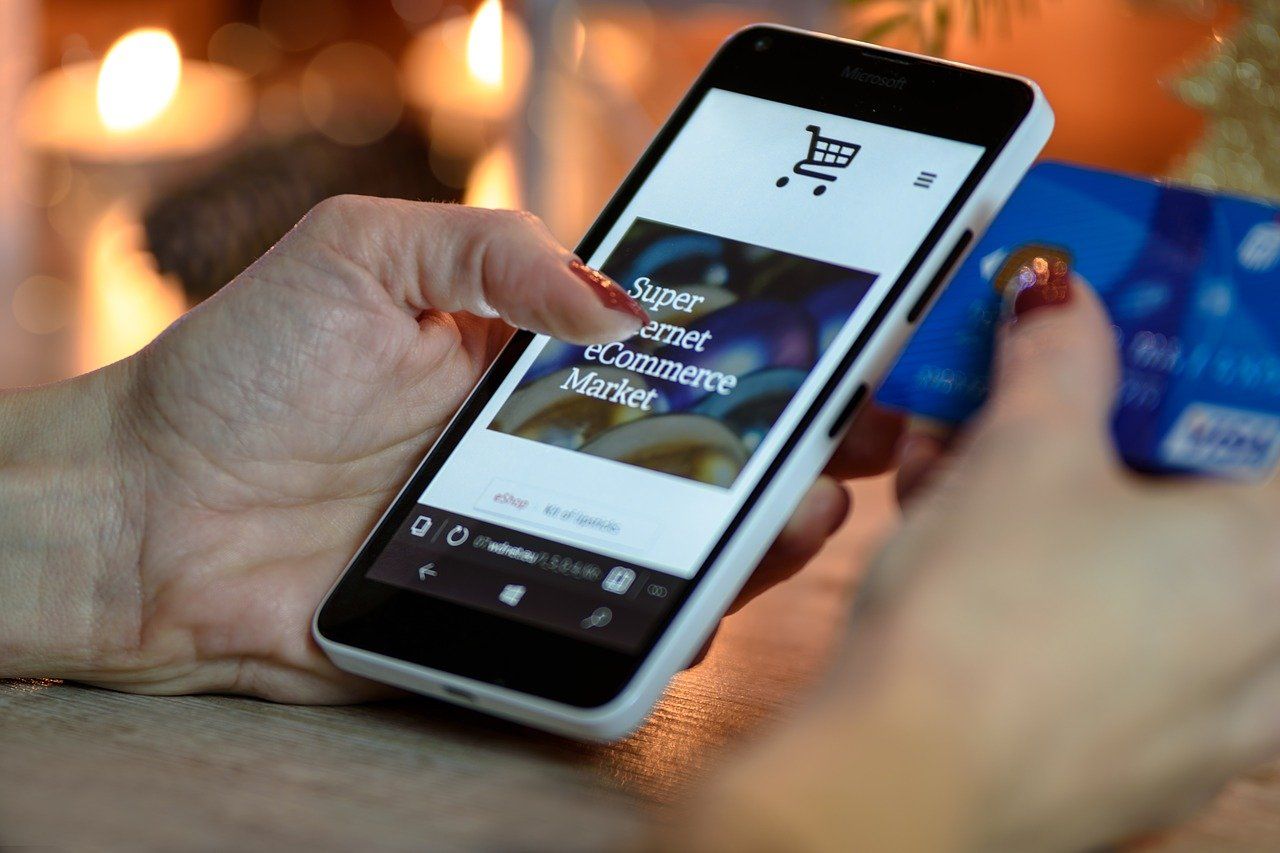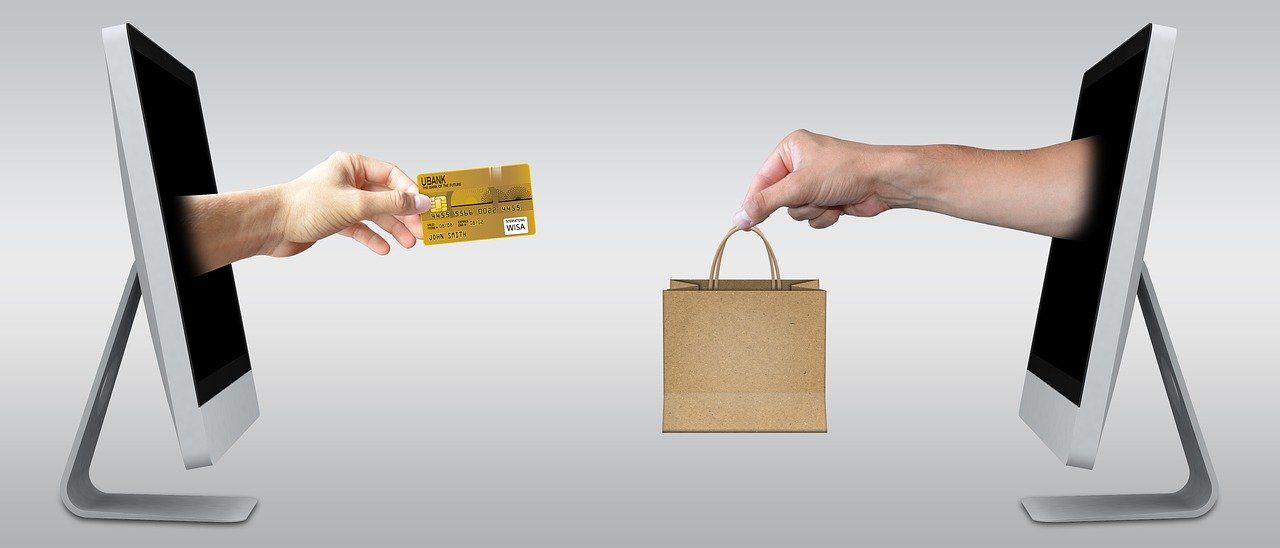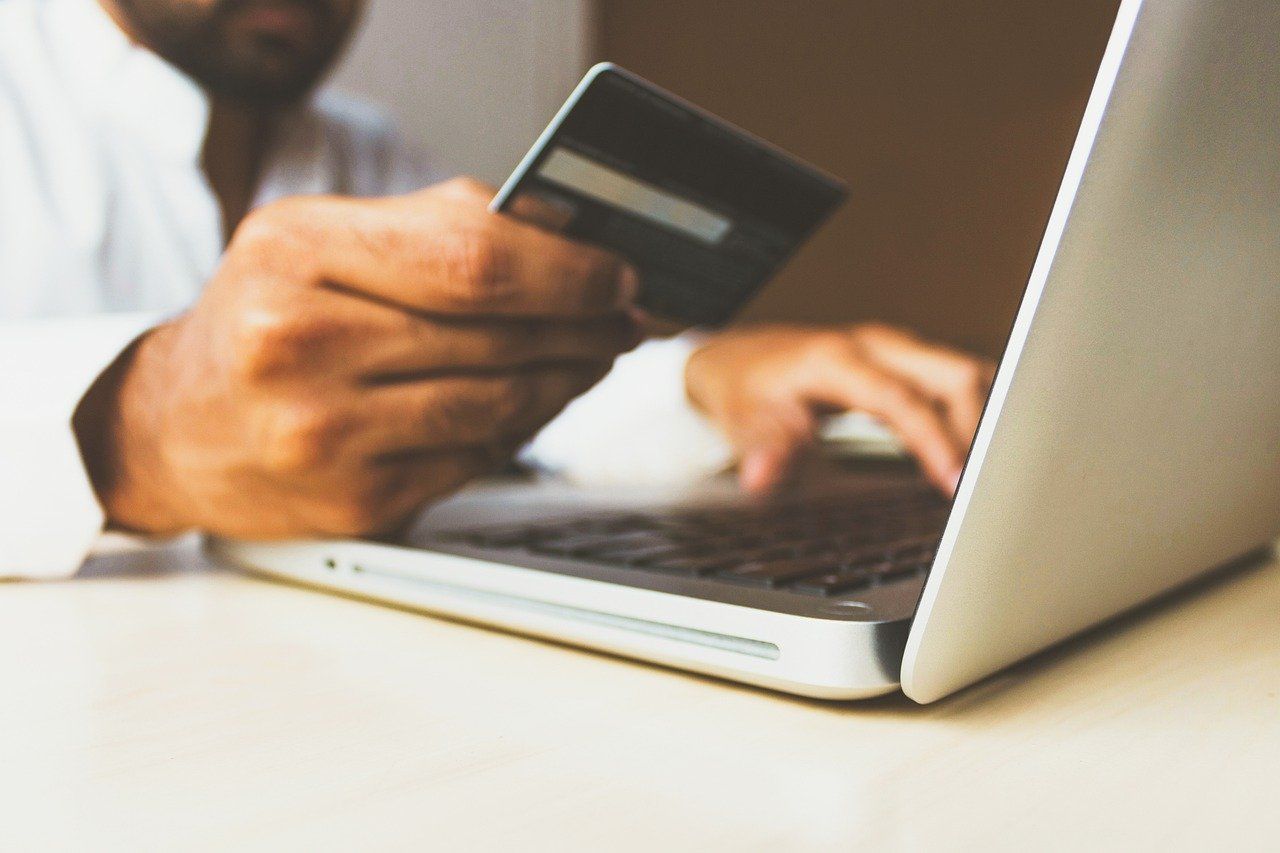Online shopping is one of the perks of modern society. Once you have an internet connection, you can buy just about anything from the comfort of your home without losing a sweat.
But cybercriminals are working to strip shoppers like you of your hard-earned money. Do you ditch online shopping because of them? That'd be a stretch. You can go about your business by taking the necessary precautions to stay safe.
Why Online Shopping Has Come to Stay
Online shopping is an audience favorite due to its convenience and simplicity. Although it has been popular for several years now, the COVID-19 pandemic made it grow exponentially. People who ordinarily preferred in-store shopping had no choice but to buy things online because of the movement restrictions.
The pandemic caused a shift in consumer behavior, with a preference for online shopping taking center stage even long after the movement restrictions had been lifted.
As more people turn to digital shopping, there are concerns about their safety as this medium is susceptible to threats. According to a recent study, there's an 18% projected growth of e-commerce fraud from 2020-2021 globally. The research shows an increase in cyber fraud as more people embrace e-commerce. This reiterates the need for you to protect yourself while shopping online, so you don't become a victim.
6 Online Shopping Security Threats
Since cyber frauds are hidden and executed in unsuspecting ways, the pitfalls of online shopping aren't always in your face. And that's because cybercriminals devise various tactics to execute their attacks.
It's a matter of information. The more aware you are about online shopping fraud, the more likely you are to detect when something is fishy.
Let's take a look at some online shopping threats.
1. Unencrypted Data
Data encryption is one of the core web application security practices. When you input sensitive data like your credit card details on a website, you expect that your data is secured with proper encryption within the web application. But that's not always the case.
Some websites don't encrypt data. They operate on outdated SSL certificates and HTTP protocols which make them vulnerable to attacks. Any website whose URL address starts with HTTP instead of HTTPS isn't secured, that's a red flag. Google has already begun marking such sites as not secured to warn users.
2. Adware
You’ve probably seen those unsolicited ads pop up on your screen while you're browsing online. They are known as adware—an advertising software that generates revenue for its owner(s).
Under normal circumstances, adware is legitimate and offers products with great discounts. But cybercriminals now use it to launch attacks. Adware could be encrypted with malware to lure you to malicious websites. When you arrive on the website, they'll request your personal information—including your credit card details.
Sometimes, when you try to close the pop-up ad by clicking on the "X" symbol, it triggers an infection.
3. Identity Theft
One of the most common security risks of online shopping is identity theft. Cybercriminals can hack into private websites and steal users’ login credentials or credit card details. If they aren't impersonating users by making unauthorized purchases, they’re selling off their personal information online.
Many online shoppers often fall victim to identity theft during the holidays due to a surge in online shopping.
4. Fake Online Stores
Not all e-commerce sites are genuine. Some are managed by cybercriminals with the intent to steal your money and personal information.
Scam vendors front online stores and advertise products but never get to deliver orders placed. In some cases, they make promotional offers that are too good to be true on social media and lead you to their fake site—where they harvest your data.
5. Data Breaches
A data breach occurs when hackers gain unauthorized access to data in web applications. When you enter your personal information into websites as you shop online, you stand a risk of having your information exposed in the event of a data breach.
Although it's the responsibility of the e-commerce store owners to secure their web applications, you have to be careful of the information that you give out.
6. Unsecured WiFi
Using unsecured WiFi for online shopping isn't such a good idea as it allows the movement of data across networks without encryption. It creates an opportunity for hackers to position themselves between you and the connection point.
With this setup, the hacker can get hold of every personal information you’re dropping on a vendor's server, such as login credentials, credit card details, and email address.
How to Protect Yourself from Online Shopping Security Threats
Acknowledging the presence of cybercriminals is a good starting point for protecting yourself while shopping online. That way, you are conscious of your interactions.
Hackers thrive on network vulnerabilities and human error. Check out how to secure your network and the right things to do.
1. Update Your Browser and Operating System
Keep your devices and operating system clean by updating the current version of apps and software running on them. These updates protect internet-connected devices from vulnerabilities and online attacks.
Don't ignore notifications for system updates. They enhance the security of your system and protect you from online shopping fraudsters.
2. Use Powerful Antivirus/Anti-Malware Software
Hackers can inject viruses and malware on your device without physical contact and hijack your personal information. You can prevent that by installing a trustworthy antivirus or anti-malware software.
Built with an advanced algorithm, the software detects malicious activities. It even goes as far as preventing you from unknowingly logging into a malicious website.
3. Avoid Using Debit Cards
Using a credit card to shop online is much safer than using a debit card. And that's because a credit card has more consumer protection if something goes wrong.
If you pay for products with your credit card and the products aren't delivered to you, you can contest it with the card-issuing company. Also, if hackers steal your card details and make unauthorized purchases, you won't suffer the cost once you report it quickly.
4. Implement Script Blockers
A script blocker is a smart extension that provides an extra layer of security for browsers. It’s used to block unnecessary and harmful scripts like JavaScript and iframes on retail stores you visit.
Installing a script blocker on your browser prevents you from falling victim to hackers who take advantage of vicious scripts to exploit users.
5. Steer Clear of Unsecured Websites
When shopping online, ensure you buy from websites that encrypt your information. Otherwise, hackers can access your transaction details and steal your data when you make a payment.
Avoid websites that don't have HTTPS in their URL or a padlock icon beside the URL. The closed padlock is an indication that your personal information is encrypted.
6. Use a Virtual Private Network (VPN)
The free access points available in public places aren't safe from attacks. Whenever you're out and looking up what to buy online, ensure you use a Virtual Private Network (VPN). It's an online service that keeps you protected when using public networks.
An effective VPN disguises your identity online and encrypts your internet traffic, making it difficult for hackers to track your online activities and steal your data.
Practicing Safe Online Shopping
Cybercriminals are taking advantage of vulnerabilities online to defraud shoppers. Unfortunately, that's not going to stop anytime soon.
But the good news is that you can protect yourself.
Putting just a little effort into cultivating security measures for online shopping can save you from huge dangers. The next time you are shopping online, be alert. Don't just focus on the good products and discounts; look out for cyber threats too.




